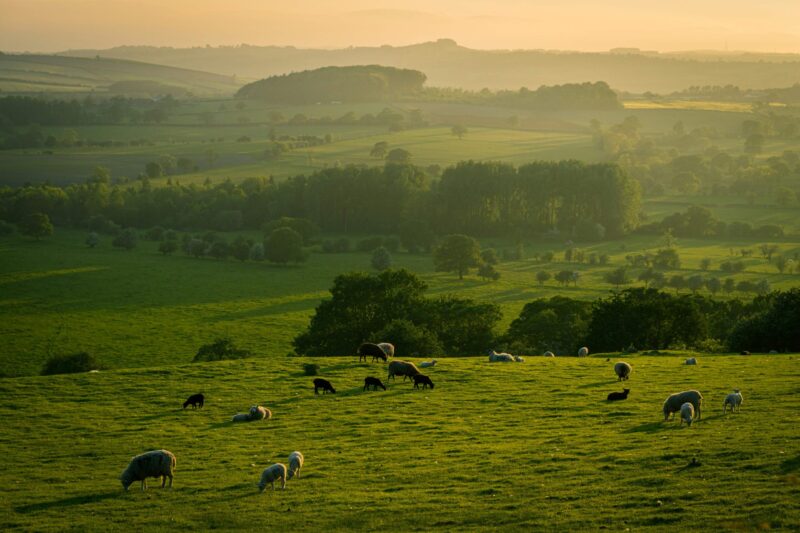Thank you to all those who have contacted me regarding planning policy and landscapes.
It is clear that we need to generate much more renewable energy to reach net zero while, at the same time, minimising any negative impacts of development using sensitive planning.
We need a more strategic approach to ground-mounted solar, the prioritisation of previously-developed or lower-value land, and the efficiency of sites used for renewable energy maximised. It is important that, wherever possible, infrastructure is located in the same place to mitigate its impact on communities.
With the bulk of solar energy currently coming from solar panels on the ground, I believe we need to be more ambitious and creative to increase the number of rooftop solar panels. I have written about this previously, and you can read this here. I support plans to treble the amount of solar energy we generate by 2030, by driving up the rate of rooftop solar panel installation. According to a CPRE report, this could generate up to 50GW of low carbon electricity – more than half the 70GW we need to generate as a country.
We need a planning system that engages communities in the roll-out of renewable energy and related technologies. It is important that we do so in a way that mitigates local impacts and enables the building of infrastructure at the rate and scale needed to rapidly reduce emissions.
The current system is not playing its full part to address the climate emergency nor is it effectively ensuring the historic environment is given the consideration it deserves. There are gaps and weaknesses regarding World Heritage Site preservation as well as protections for archaeological sites and buried historic environments.
When asked about creating protections literary landscapes, the Government said that, while they are not subject to a separate designation, literary landscapes are protected more generally through the National Planning Policy Framework (NPPF). A revised NPPF was published on 20 December 2023, but it did not include any changes specifically on the protection of literary landscapes.
Overall, I want to see a balance where the planning system recognises what most of the public want, while ensuring proper rights of consultation and objection, and taking broad support through to the end of the process.


